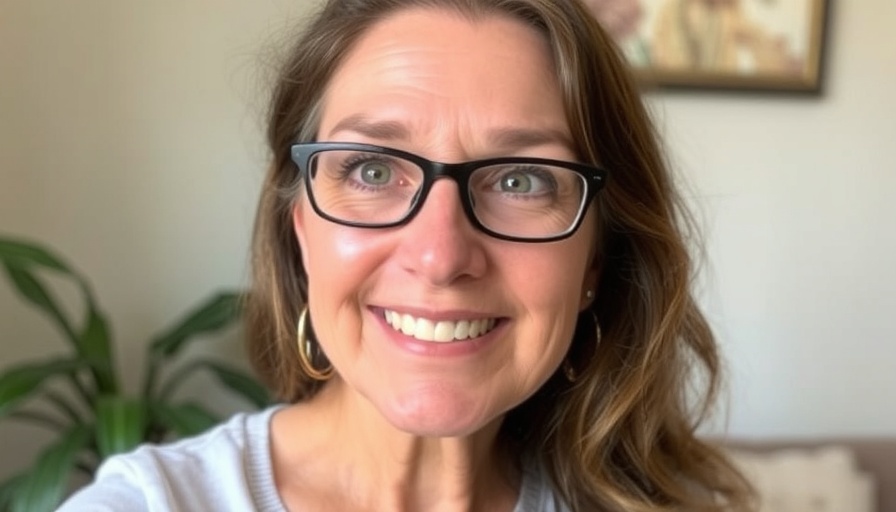
The Hidden Battles of Skin Cancer: Sarah's Insightful Journey
Sarah Eggenberger, our Senior Editor-at-Large, recently faced a health scare that many brush off as just another part of aging: skin cancer. It began with what she thought was just an age spot on her nose. After enduring months of uncertainty and a shocking diagnosis of morpheaform basal cell carcinoma, Sarah's experience shines a light on an important conversation we need to have about skin health and awareness.
Understanding Basal Cell Carcinoma: What to Know
Skin cancer is the most common cancer in the United States, with one in five Americans likely to develop it by the age of 70. Basal cell carcinoma (BCC) accounts for a majority of skin cancer cases, making up about 80% of all diagnoses. Sarah’s story not only represents a personal fight against this disease but also highlights the importance of recognizing the different forms of skin cancer, especially the more elusive types like morpheaform BCC.
According to the American Academy of Dermatology, the classic indicators of skin issues—such as the ABCDE rule for melanoma (Asymmetry, Border, Color, Diameter, and Evolving)—don't always apply to basal cell carcinomas, which can often appear as non-healing blemishes or dry patches, much like what Sarah experienced.
The Role of Early Detection
Dermatologist Dr. Dendy Engelman conducted Sarah’s biopsy and emphasized the importance of vigilance towards any suspicious skin lesions. “Caught early, most skin cancers are curable,” she notes. Sarah's red spot on her nose may have seemed inconsequential, but her experience serves as a wake-up call: our skin deserves as much attention as any other aspect of our health.
Despite appearing harmless, Sarah said, “It lingered. Month after month, it was still there.” This is a common societal trend—underplaying our health concerns, arguing with ourselves that we’re simply getting older. Reflecting on her journey, Sarah encourages others to heed the whispers of their skin before it starts shouting for help.
Your Skin Speaks: Listen to Its Signs
Many of us have been there—dabbing concealer on what we believe is a passing blemish or dry patch and moving on with our lives. However, Sarah’s experience shows us that ignoring prolonged changes might lead to serious consequences. Any spot that changes, bleeds, or does not heal should prompt a visit to a dermatologist. Just as we wouldn’t ignore strange noises from our vehicles, our bodies deserve that same level of attention.
Prevention is Key: Protect Your Skin
Fortunately, skin cancer—particularly basal cell carcinoma—is one of the most preventable cancers. The primary risk factor is UV exposure, whether from sunlight or tanning beds. To guard against it, the NYU Langone Health experts suggest wearing broad-spectrum sunscreen with an SPF of 30 or higher, donning protective clothing, and avoiding peak sun hours from 10 a.m. to 4 p.m.
Sarah's journey underscores these preventative measures, urging everyone to consider their own sun safety. Applying these practical tips not only protects our skin but also promotes lifelong health. Consistent behaviors like regular skin examinations and sunscreen application can make a world of difference.
Conclusion: Embrace Awareness for a Healthier Tomorrow
Sarah Eggenberger's courageous account of her struggle with basal cell carcinoma is a much-needed reminder of the importance of skin awareness and proactive health measures. By listening to our bodies and regularly evaluating our skin, we can help ourselves avoid a battle with skin cancer.
Let’s all adopt a proactive approach towards our skin health. Make an appointment with a dermatologist for an annual skin exam, and commit to protecting your skin daily. A little awareness can lead to significant life-saving outcomes.
 Add Row
Add Row  Add
Add 




Write A Comment